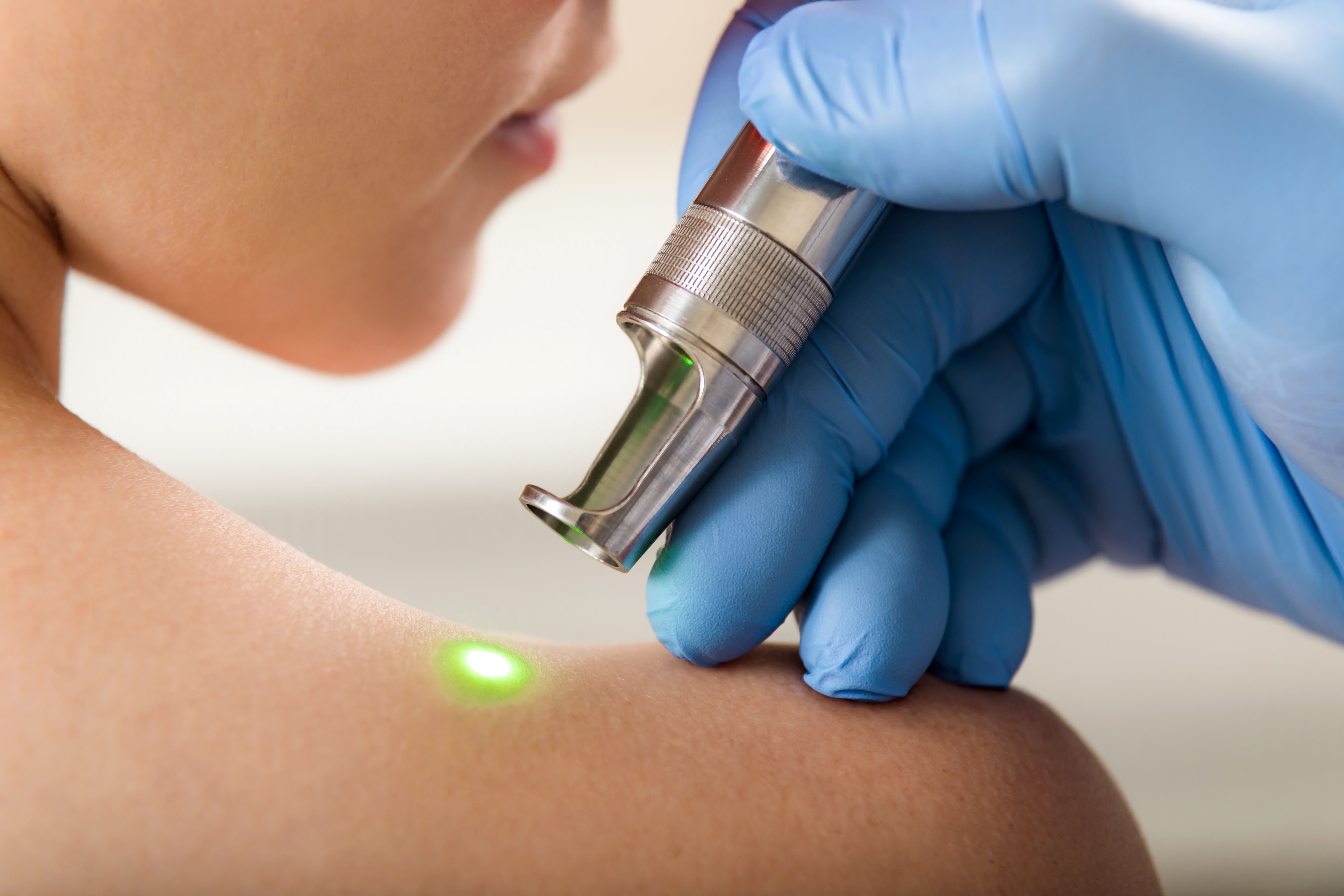- Acne
- Actinic Keratosis
- Aesthetics
- Alopecia
- Atopic Dermatitis
- Buy-and-Bill
- COVID-19
- Case-Based Roundtable
- Chronic Hand Eczema
- Drug Watch
- Eczema
- General Dermatology
- Hidradenitis Suppurativa
- Melasma
- NP and PA
- Pediatric Dermatology
- Pigmentary Disorders
- Practice Management
- Precision Medicine and Biologics
- Prurigo Nodularis
- Psoriasis
- Psoriatic Arthritis
- Rare Disease
- Rosacea
- Skin Cancer
- Vitiligo
- Wound Care
Article
FAMI technique adds fullness to cheeks
New York - Roger Amar, M.D., a French anatomist, plastic surgeon and inventor of the FAMI (facial autograft muscle injection) procedure, introduced an effective new procedure to enhance aging cheeks at the American Academy of Dermatology's Academy '04.

"The FAMI for the pillars of the cheeks is a new concept that explains how the buccal cheek ages, what makes the vertical lines parallel to the nasolabial fold and how to correct the drawn features," says Dr. Amar, founder and director of the FAMI International Academy in Marbella, Spain.
The technique restores a youthful smile to the aged face and yields long-lasting results without any touchups for at least seven years, according to Dr. Amar. With less than 15cc of refined tissue, dermatologists can correct a lateral cheek deformation and attain dramatic rejuvenation, without the need of foreign material injection. Instead, stem cells from tissue harvested from the lower part of the body are injected into the facial areas.
After the tissue harvest site is determined, the skin is prepped and local-block anesthesia with sedation is administered. Patented instruments are then chosen - one cannula for one muscle of facial expression. After ultra-centrifugation, the refined tissue is injected into or behind all of the muscles from origin to insertion.
The procedure requires only five days of downtime for the patient, with slight bruising and 10 days of edema. Complete, noticeable rejuvenation is attained in six months.
"All the results at one year and more are getting better and better," Dr. Amar says, "especially when it comes to the quality of the skin, where the rejuvenation is most dramatic."
In general, the best candidates for the procedure are those who need a restoration of facial volumes after aged skeletonization, trauma defect or post-surgical deformation, such as a previous facelift on a thin face.
"Any patients of any age with scars who have no current inflammation are good candidates," Dr. Amar says. "Also, patients in their 30s with acne tend to have good outcomes."
Getting to know the patients, their history with other procedures and their desires can also provide important information, according to Dr. Amar.
Pearls He offers these tips:
"Review their desires for rejuvenation and looks," he suggests. "Find out if they have experienced Botox and injections with other kinds of fillers without dramatic results, look for post-facial lifting and unhappiness about the 'mask' appearance, and look for all kinds of scars and defects. These are all good indications for FAMI."
But the procedure is not for everyone, and should be avoided for those with puffy faces or those who are obese, and those with inflammation and chronic infection of skin, nose, ear or teeth.
The facial injection technique can be combined with other procedures, such as upper-face FAMI with a neck lift or any kind of lower face and neck liposuction, provided that the blood from the invasive surgery does not stain the injected FAMI area to avoid digestion of the tissue graft.
The FAMI technique, however, is not any easy one, and the learning curve is steep, cautions Dr. Amar. "For busy doctors, the homework is important but the reward is great," he says.
Newsletter
Like what you’re reading? Subscribe to Dermatology Times for weekly updates on therapies, innovations, and real-world practice tips.














